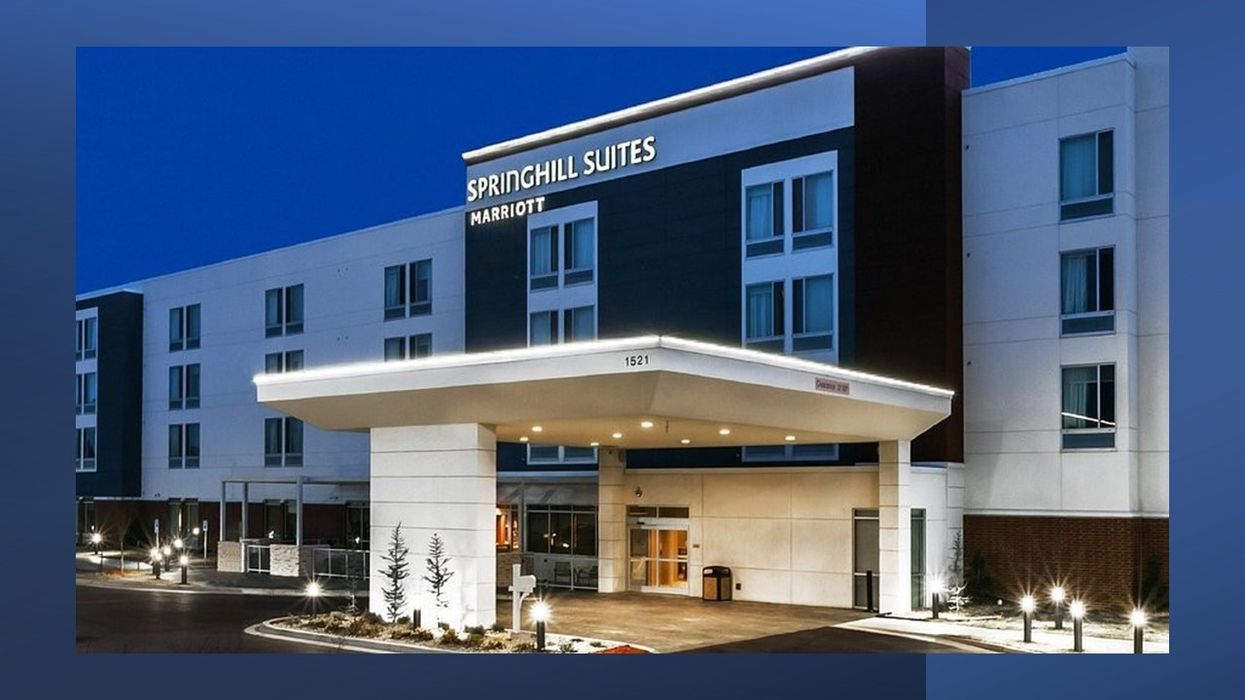INDIA IS EMERGING as a central force in the Asia Pacific hospitality sector, driving domestic growth and outbound travel to key regional destinations, according to Colliers India. While Asia Pacific hospitality investment fell 19 percent in the first quarter of 2025, India’s role is reshaping the landscape and supporting valuations.
Colliers’ May 2025 Asia Pacific Hospitality Insights report noted that the sector’s momentum from 2024 has continued into 2025, shifting toward performance-led growth.
“India is driving a structural shift in Asia Pacific’s hospitality landscape, with resilient domestic growth while emerging as a powerful outbound force,” said Nikhil Shah, Colliers India’s managing director for hospitality and alternatives. “With strong demand across luxury, lifestyle, and MICE segments, and rising investor confidence in experience-led assets, India is now central to sustaining premium pricing and reshaping travel dynamics in the region. Despite limited liquidity in the investment market, robust valuations persist—not driven by rate-based transactions, but by long-term conviction in the sector’s future.”
Separately, Puneet Chhatwal, managing director and CEO of Indian Hotels Co. Ltd, said India has potential to attract foreign tourists, but high tax rates remain a major barrier to building global hospitality brands, according to PTI. He called for an “additional push,” citing the infrastructure status granted to 50 tourist destinations in this year’s Budget and reiterating the long-standing demand for industry status.
“If you are the highest taxed sector in every possible way—GST, excise, paying all charges during COVID when your business was shut—with the least budget for promotion or marketing the destination and just relying on what we have, then how are you going to create those kinds of global brands on your own?” he asked.
Outbound travel market
A key development is the growing Indian outbound travel market, fueling hospitality in destinations like Thailand, Vietnam and South Korea, Colliers said. Rising incomes and demand for experience-based travel provide steady, year-round demand, supporting room rates and changing regional hospitality dynamics.
Govinda Singh, Colliers’ executive director for APAC capital markets, hotels, hospitality and advisory, noted the traditionally slow first quarter and cautious “wait-and-watch” approach amid geopolitical uncertainty.
“However, as market conditions stabilize and the imperative to deploy capital intensifies, a pickup in activity is anticipated as the year progresses,” he said. “With pricing holding firm, investors are shifting away from cap rate compression and toward value-add strategies focused on cash flow and income growth to drive returns.”
Strong domestic market
Domestically, the Indian hospitality sector outlook remains strong, with tier II cities set to drive future growth, the report found. Spiritual tourism is a key driver of inbound travel, with towns like Ayodhya, Dwarka, Puri, Shirdi, Tirupati and Varanasi opening new investment opportunities supported by government policies and infrastructure development.
Despite limited liquidity, India’s valuations remain strong, driven by long-term conviction rather than cap rate-based transactions, Colliers said.
Across Asia Pacific, hotel performance held steady in the first quarter of 2025, supporting deal activity. RevPAR rose 2.1 percent year-on-year, up from 0.4 percent growth in 2023–24, driven by ADR growth and higher occupancy. New Delhi and Mumbai led ADR growth in the region, alongside Phuket, Tokyo and Osaka, reflecting strong domestic demand, rising international travel and effective market positioning.
Chhatwal said India is a market of aspiration, not just scale.
“The next 500 million middle-income travelers will emerge with disposable income and global travel ambitions, positioning India differently domestically and globally,” he said at the Confederation of Indian Industry’s Annual Business Summit in New Delhi.
Referencing Finance Minister Nirmala Sitharaman’s budget speech, he said, “We at least got infra status for 50 destinations we’ve been fighting for, including industry status, which is a state subject. All associations worked well to get here, but now we need an additional push.”
In her February 1 Budget speech, Sitharaman said the top 50 tourist destinations will be developed with states through a challenge mode. States must provide land for key infrastructure.
A recent JLL India report projects $1 billion in hospitality investments by 2028, up from 340 million dollars in hotel transactions last year. Similarly, a Rubix Data Sciences report forecasts steady industry growth despite regional tensions, with revenue surpassing 12.8 billion dollars by 2027.

















